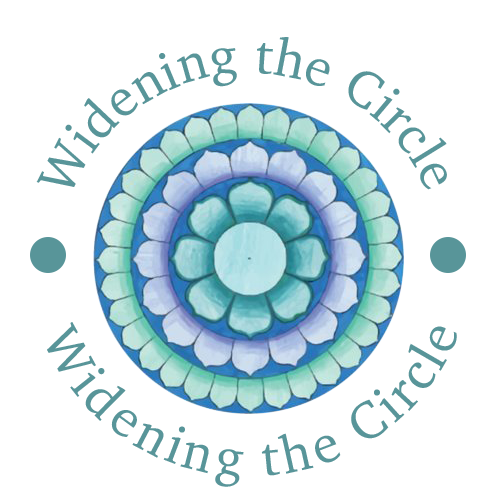High Expectations and Inclusion
There is a myth that private faith based schools cannot be inclusive if they are rigorous, college preparatory or enroll high achieving students. Rigor and inclusion are not opposite traits; in fact rigor is necessary for inclusion of students with disabilities to be successful!
Meeting the needs of all learners, preschool through high school, begins with a willingness to live the mission and vision of the faith. Schools will need:
- Highly effective instructional methods
- Adaptable curriculum resources to modify across grade levels
- Accommodations to level the playing field
- Flexible environment, instruction, and assessment
- Commitment to mission: Be who you say you are
Highly effective instructional methods are essential for ALL students and must align with evidence based practices that work. Teacher-centered methodologies such as whole group instruction/ lecture must be used sparingly and accompanied by student-centered methods such as centers/ stations, project based learning, and others both low and high tech, to bring about rigorous and inclusive learning opportunities for students who are both above and below grade level.
“When a flower doesn’t bloom, you fix the environment in which it grows,
not the flower.”— Alexander den Heijer
Adaptable curriculum resources to modify across grade levels will maintain rigor and make inclusion possible for students who are achieving above or below grade level. Consider these key questions when designing instruction:
- What are the skills/ objectives I am teaching?
- What are the strengths of the students who need modifications?
- What instructional methodologies can I use that will be engaging, flexible, and represent the content in a variety of ways?
- Are scaffolds built into the lesson design?
Accommodations to level the playing field remove barriers inherent to learning disabilities and neurodiverse learners. Those provided for AP, SAT or the ACT tests with appropriate documentation should be provided in all courses at the high school level. Self-advocacy begins when students understand why an accommodation is necessary and the success they can achieve when it is provided.
Flexible environment, instruction, and assessment ensures students with disabilities can participate in the classroom with neurotypical peers. The option to stand, sit on the floor, collaborate with peers, and tap into creative gifts for projects allows for rigorous critical thinking and the meta-cognitive skills to develop responsibility for self, and community among all students.
Commitment to mission: Can you be who you say you are if you exclude those who need longer to learn, learn in different ways, or have a unique ability to teach others? Carefully consider your mission as a faith-based school to assess if the focus is on rigor, high achievement, or scholarship rather than the foundations of the faith. Download the pdf here
Resources:
- MIT Teaching + Learning Lab: Rigor as Inclusive Practice
- Ben Stein as bad lecturer in Ferris Bueller’s Day Off
- Universal Design for Learning resources: CAST
- Using Notebook LM AI to create a lesson (FREE)
- Research On Collective Teacher Efficacy/John Hattie
- College Board Accommodations
Parent Connection:
Bring parents together to discuss the many ways your community is or can be rigorous and inclusive. A community of belonging is necessary for all students to be welcomed and thrive. Allowing parents to share experiences with one another will strengthen the bonds that bring you all together.

